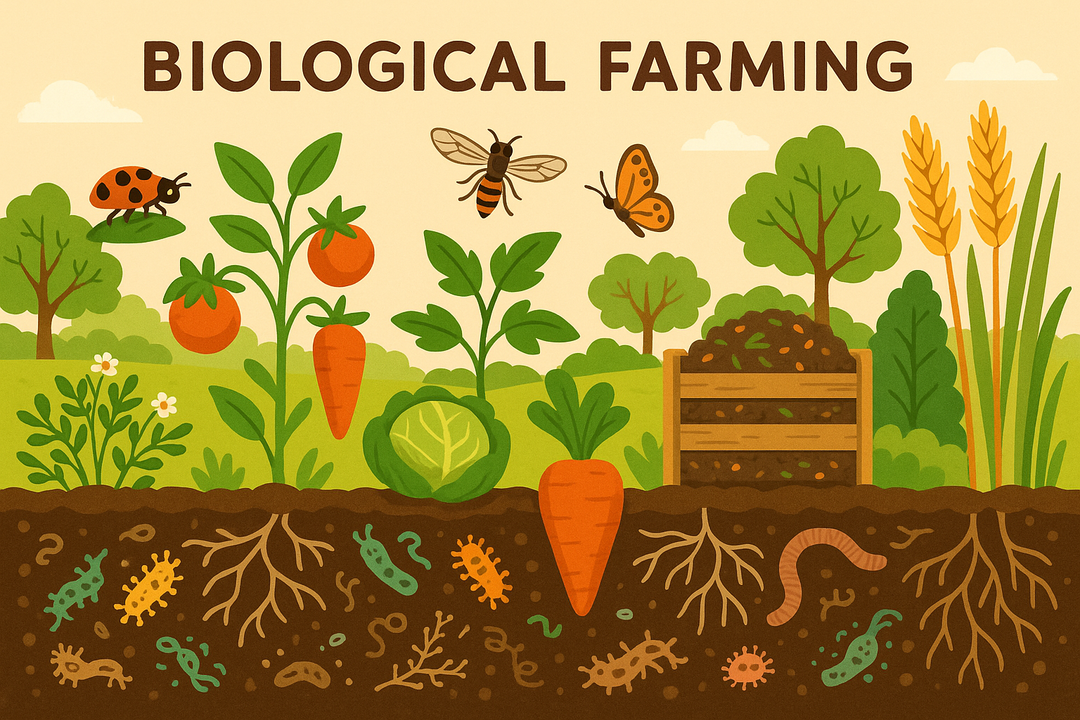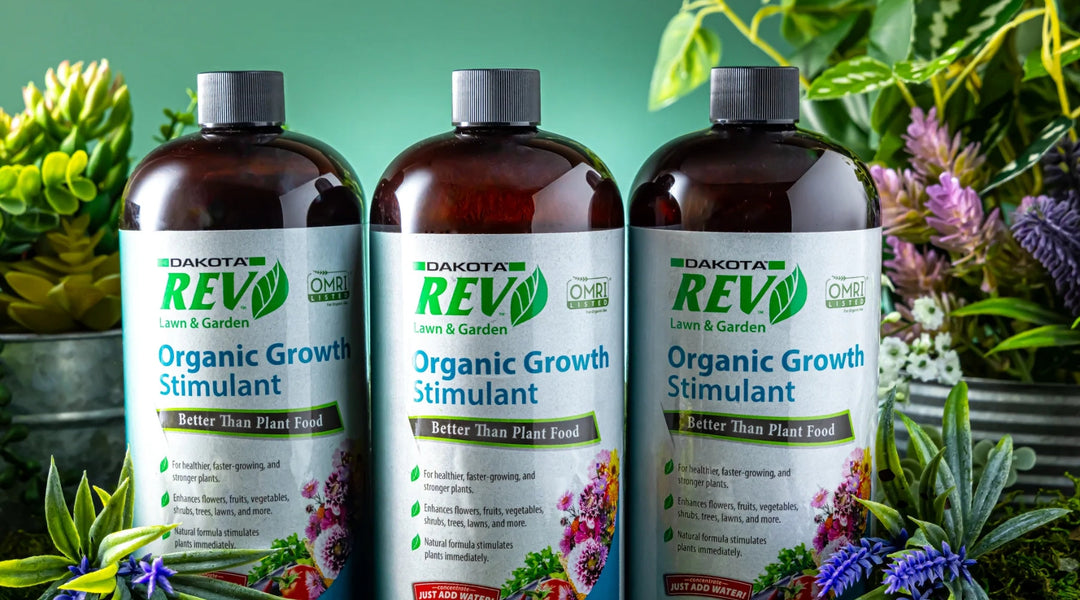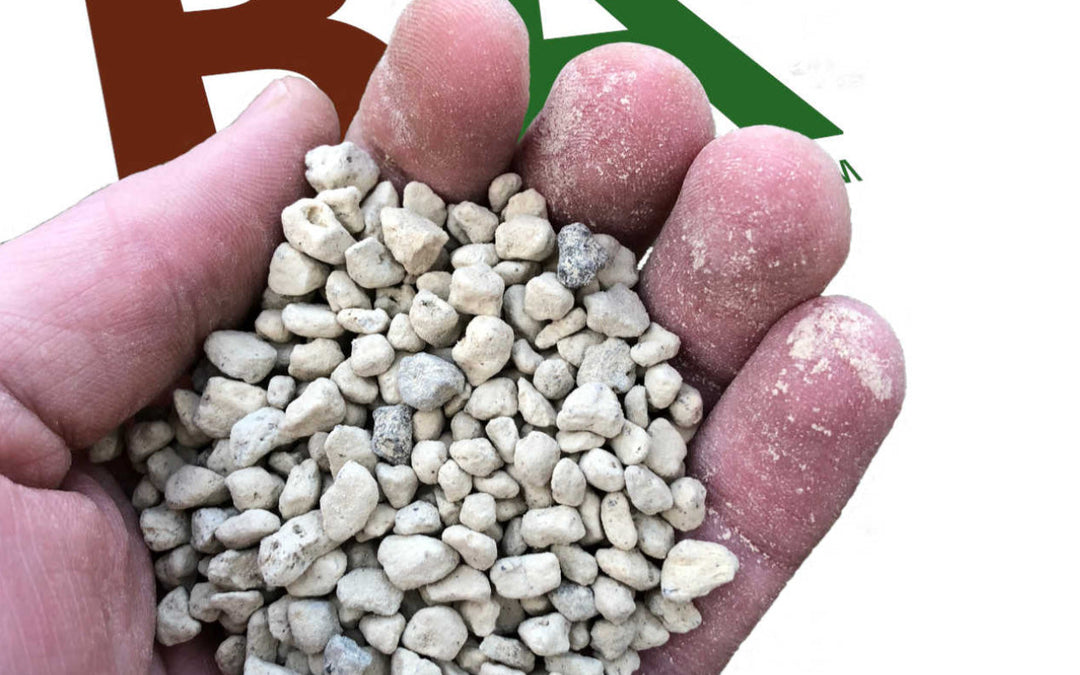What You Need to Know About Microgreens
If you’ve visited a café, read about nutrition, or looked at starting your own backyard garden, you’ve probably heard the term microgreens. But how much do you know about these delicate and trendy pieces of greenery? Let’s break down everything to know about microgreens, how to plant and grow microgreen seeds, and why you should incorporate them into your diet!
What are Microgreens?
First and foremost, what are microgreens? As plants grow, they go through four distinct stages:
- Seeds
- Sprouts
- Small plants
- Adult plants
Although every plant goes through the four stages of growth, only some plants are suitable to be grown into microgreens. Microgreens sit between the sprout and small plant stages and, like the name says, are smaller greens. When you grow microgreens, the intent is to harvest them at the time when they are perfect for eating as microgreens.
Microgreens can be grown from herbs, vegetables, and legumes and contain delicious and nutritious vitamins and minerals. The intent isn’t for them to become mature plants; it’s for them to be grown specifically for microgreens.
Are Microgreens the Same as Baby Greens?
Although the terms may be confusing, microgreens differ from baby greens in several ways. Here is the best generalization:
- Microgreens are harvested after two weeks
- Baby greens are harvested after four weeks
Are Microgreens Considered Sprouts?
Microgreens have leaves, which is a critical difference that separates them from sprouts. Like baby greens, you can eat the leaves and stems of microgreen seeds. However, baby greens must be harvested before being sold and are much larger and more developed than microgreens.
Are Microgreens Good for You?
Microgreens have increased in popularity since they were first introduced in California in the 1980s. In addition to adding a pop of color to dozens of dishes, they also pack a punch when it comes to nutrients. In fact, most microgreen seeds offer substantially higher levels of vitamins and minerals than their fully mature counterparts.
The most common nutrients found in microgreen seeds are zinc, potassium, copper, iron, and magnesium. You’re also likely to find high levels of antioxidants. Certain vitamins and minerals sourced from vegetables are vital to preventing and reducing the risk of diseases such as:
- Heart disease
- Diabetes
- Alzheimer’s
Incorporating microgreen seeds as part of a healthy diet can help support nutrient levels and prevent certain diseases. In addition, with so many different varieties and flavors to choose from, eating microgreens can feel easier than eating some other vegetables.
Microgreens List
You can grow microgreens into dozens of different varieties of vegetables. One of the neat things about these seeds is that they can also produce microgreens from plants whose leaves aren’t normally eaten, such as carrots. Some of the most common microgreen seeds that you can grow are:
- Beets
- Broccoli
- Arugula
- Dill
- Garlic
- Mustard greens
- Melons
Although there are more than 80 kinds of microgreen seeds that you can grow, there are some microgreens that are not edible. These varieties include nightshades, such as potatoes, peppers, tomatoes, and eggplants, because they are more likely to produce toxic compounds. (However, if you’re eager to grow tomatoes and other garden vegetables, container gardening is a great option!)
How Can You Use Microgreens?
Microgreen seeds grow into wonderful additions to dozens of different meals. Here are some other easy and delicious ways to use microgreens in your food:
- Add into salads
- Layer into sandwiches
- Blend into smoothies
- Mix into stir-fries
- Stir into soups
What do Microgreens Taste Like?
Microgreen seeds typically produce much stronger plants with more concentrated flavor than the fully grown variety. Taste profiles are incredibly versatile and can include everything from mild to spicy, bitter, and even sour.
For example, alfalfa offers a mild, pea-like taste with a bit of crunch, arugula adds a peppery taste to dishes, and mung beans are slightly buttery with a mild bean flavor.
Depending on what you’re preparing, different microgreen seeds can add unique flavors in smaller quantities. They also add texture to dishes such as salads, stir fry, and sandwiches.
How Do You Grow Microgreens?
Regardless of your level of experience, learning how to grow microgreen seeds at home can be easy, and you can find microgreen growing supplies online. Broccoli, mustard, sunflower, cauliflower, buckwheat, cabbage, and chia are some of the easiest microgreen seeds to grow and are an excellent option for beginners.
If you want to grow microgreens, start with a container and a sunny spot in your kitchen, such as a windowsill. You can use a take-out container with a few drainage holes poked in the bottom or a stackable tray specifically for growing microgreen seeds.
7 Basic Steps for Growing Microgreen Seeds:
Step 1. Purchase your seeds from a reputable dealer
Step 2. Read the directions on your seed packet to see if anything special is needed
Step 3. Lightly compress about an inch of organic soil into your container
Step 4. Sprinkle your microgreen seeds and then add another thin layer of soil on top
Step 5. Use a water mister to spray the surface of the soil lightly
Step 6. Spray the soil once or twice a day until the seeds sprout
Step 7. Once the sprouts appear, remove the cover (if applicable) and keep spraying with a mister one to two times a day
If you want to see the microgreen seeds begin to sprout, you can use a plastic or glass container to observe the stages of growth.
Do Microgreen Seeds Need Sunlight?
Unlike sprouts, microgreen seeds need sunlight to grow. We recommend around four hours of sunlight, but you can use a grow light to add additional light if necessary.
Where to Buy Microgreen Seeds
Buying microgreen seeds from a reputable store is important. You always want to ensure that you keep quality and safety in mind when growing microgreens, so do your research first. You can buy microgreen seeds individually in different species or as a sprout mix or blend for things like salads.
We recommend buying microgreen seeds with a resealable pouch to prevent unwanted moisture from ruining your seeds before you can use them all. Store your seeds in a cool, dry place, and be sure to close the package after each use.
From seed packs to microgreen seed supplies, Rocky Mountain BioAg® has you covered. The company focuses on organic agriculture backed by science and research and is also a leading supplier of pet and eco-friendly ice melt products. For more information, visit the Rocky Mountain BioAg® website.











Leave a comment